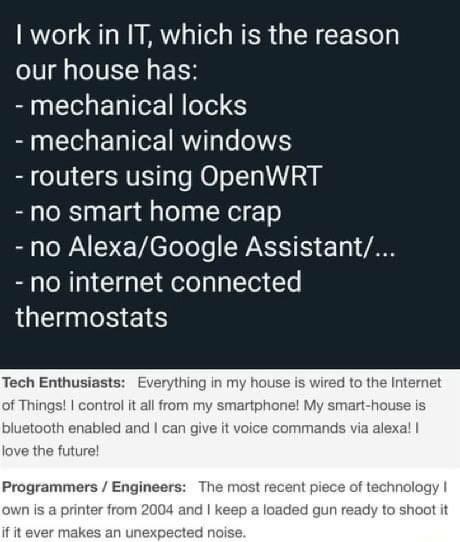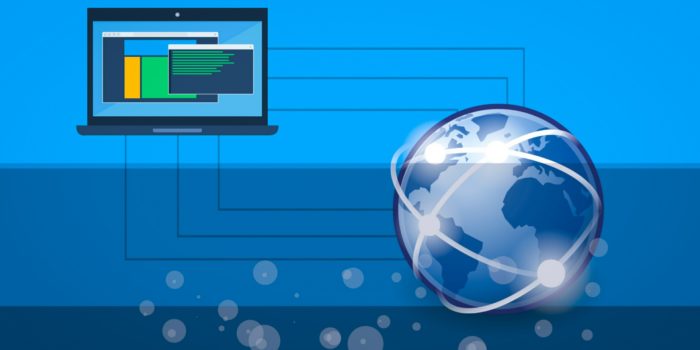1. Good Monday Morning
Facebook, Alphabet, and Twitter are all in the house. More specifically, two subcommittees of the U.S. House Commerce Committee and Energy Committee on Thursday. Expect plenty of discussion about the attack on the Capitol by Trump supporters on January 6. Another topic: YouTube’s statement this month that Trump’s account will remain suspended until the risk of violence is lowered.
Today’s Spotlight is 1,349 words — about a 5 minute read.
2. News To Know Now
a) Amazon’s busy week included a deal to become the exclusive TV provider for Thursday Night Football, a first for digital services and the NFL. The company also learned that it had surpassed rival Walmart as the largest apparel retailer in the U.S. And Amazon announced that it would expand its health care services to non-employees. Telehealth services will be available across the U.S. and in person health services will be available in Baltimore, Washington D.C., and other markets.
The announcements came shortly after it was reported that the Biden administration plans to nominate Columbia professor Lina Khan to the Federal Trade Commission. Khan also worked on the House Judiciary Committee’s antitrust probe of big technology companies. In 2017, as a Yale law student, she wrote a paper that experts called “groundbreaking,” arguing that Amazon was anticompetitive.b) Google blocked nearly 100 million fake COVID-19 ads during 2020, according to its annual Ad Safety Report. Dangerous ad subjects included miracle cures, N95 masks for sale during supply shortages, and fake vaccine doses. In all, more than three billion ads were blocked and another six billion were restricted.
c) Instagram will block direct messages from adults to teens who do not already follow them, reports The Hill. Instagram also says that it will message teenagers if an adult sends too many friendship requests to children.
3. COVID-19 Tech News
Great Trackers
Overview — Johns Hopkins
Community Mobility — Google
Vaccine Distribution — Washington Post
Vaccine Finder — CDC Project
Risk Calculator — Brown
New York Times tracker that allows you to customize a daily email with multiple cities and towns that you’re monitoring: Click here to configure.
Coronavirus & Tech News
Apple Maps now shows vaccination Locations – The Verge
Broadband’s $7 billion Band-Aid – Axios
4. Search Engine News
Social media sites like Facebook get much of the blame for misinformation and disinformation spread online,, but technology researcher Chirag Shah says that search engines are just as blameworthy.
“Ad-driven search engines, like social media platforms, are designed to reward clicking on enticing links because it helps the search companies boost their business metrics,” he writes in The Conversation. Shah also draws attention to a recent study showing that the most popular diabetes-related videos on YouTube have inaccurate information. That’s a problem when algorithms continue to resurface the most popular videos.
As Dr. Safiya Noble points out in Algorithms of Oppression, when mass murderer Dylann Roof searched for white supremacy phrases on Google, the results were immediately presented as authoritative yet led to white supremacy sites. “There is no counterposition, nor is there a disclaimer or framework for contextualizing what we get [in search results],” she writes.
Proponents of social media will continue arguing that while society criticizes social media, Google and YouTube offer just as much inaccurate or dangerous information. Shah was an integral part of the team that created a search results test that showed users nearly identical results, but included one with less trustworthy content. After testing thousands of people in multiple countries, the researchers concluded people could not tell which group was more trustworthy.
You can try a version of the project test here.
5. In The Spotlight — Browser Privacy
We have been writing about the class action suit Google faces regarding its Chrome browser privacy. Only three weeks ago, federal judge Lucy Koh expressed concern that their activity is still tracked when people use incognito mode. Incognito only means your activity is not stored on your computer. Your actions are still visible to the sites you visit, the provider of your internet connectivity, and often even the software you’re using at the time.
Judge Koh narrowed the scope of the lawsuit last week and dismissed claims of wiretaps and computer fraud laws. But browser privacy is not just a Google or Chrome issue.
A University of Chicago study, reported by ArsTechnica, claims that even clearing cookies and a broswer’s cache may not protect browser privacy because of favicons. These are the tiny icons found on tabs or lists of bookmarked websites. The files that store favicons are outside the cache and don’t get deleted. “Websites can abuse this arrangement by loading a series of favicons on visitors’ browsers that uniquely identify them over an extended period of time,” writes Ars.
Even your password manager may be tracking you. A German security researcher noted that LastPass has seven embedded trackers in its software while other services including 1Password (which we use) have none. It’s worth repeating that when you don’t pay, you’re usually the product.
Browser privacy concerns have prompted Ghostery to announce that they will launch a privacy-based browser. They’ll join Brave, a still relatively new free browser developed by Brian Bondy, the former Mozilla CEO and creator of JavaScript. Using Brave isn’t the final answer. There’s a learning curve, but it’s the browser I use most often — even for work.
Once the technical hurdles are solved, Brave and Ghostery have a big commercial challenge in competing with Google, Apple, Microsoft, and Mozilla.
6. Debunked — Gov’t employees don’t get special bonuses
Conspiracy theorists attacking the American Rescue Plan stimulus bill are posting on Facebook that federal employees would receive a payment of $21,000 instead of $1,400. And boom — just like that, it got shared thousands of times.
Here’s PolitiFact with the truth.
7. Following Up — Is GPT-3 Hype Reasonable?
Financial writer Alex Wilhelm wrote an entertaining article about software accessing GPT-3’s language model that turned out good headlines and copy for a blog post. I also gave it a try and sent the results to Editor Sue for her blessing.
The output surprised both of us although luckily there were factual errors that helped us identify that the piece wasn’t publishable. But it looked as though a human had written the piece–just not one who knew the subject well.
Meanwhile, Open AI CEO Sam Altman published an economic analysis that suggests that the growth of machine learning and AI could create an annual payment of $13,500 to each American adult within ten years. Altman is smart, but his work assumes that everyone in our democratic capitalism society will share equally in the profits.
8. Protip — Blur Your Video Background
I have a big green wall, a love seat, and some baseball souvenirs behind me on each video call. Now I can also have a blurred background.
Newsweek takes you step-by-step through blurring your background on Zoom, Google, and Microsoft Team calls.
9. Screening Room – Justin Long Switches Sides
10. Science Fiction World — Facebook’s Wrist Thing
Facebook’s announcement of its new hardware is getting misrepresented during multiple tellings. Wired has the best coverage of the devices users would strap to each wrist:
“It’s an electromyography device, which means it translates electrical motor nerve signals into digital commands. When it’s on your wrist, you can just flick your fingers in space to control virtual inputs, whether you’re wearing a VR headset or interacting with the real world. You can also “train” it to sense the intention of your fingers, so that actions happen even when your hands are totally still.”
Read the rest and see the images.
11. Coffee Break — A Tunnel Under A Highway… in One Weekend
This 32 second video shows a time-lapse view of a tunnel being built under a highway in one weekend.
Have a look at some super-fast infrastructure stuff.
12. Sign of the Times

